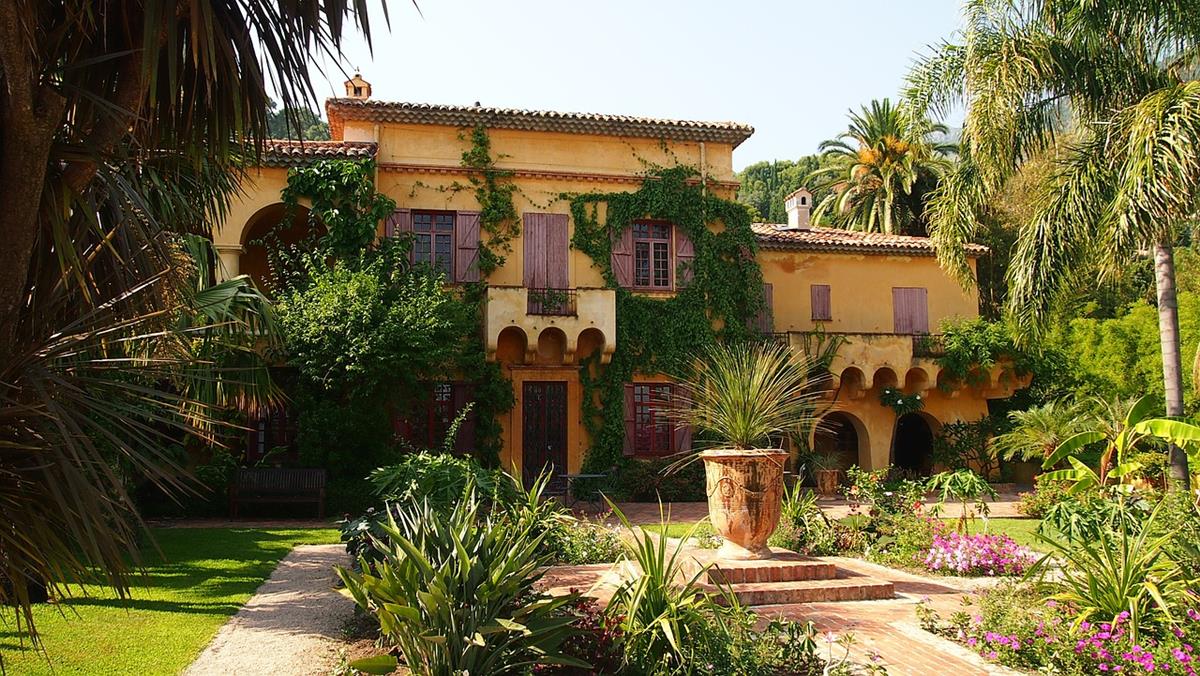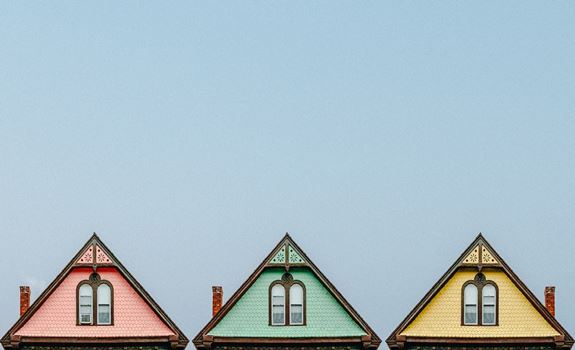The idea of what luxury is varies from person to person. It’s all in the eye of the beholder. Different personality types will gravitate toward different design styles. However, there is one classic that just about everybody can agree on: Mediterranean.
When you think of luxury villas, for example, often it is an open airy manse on the Mediterranean coast with views of the crystalline waters. Cicada buzzing in the heat of the midday while you relax with a sangria. Not many people would deny the attractiveness of that scenario.
What makes it so appealing, though? In this article, we will go over the basics of what makes a house a Mediterranean villa.
Light Is the Key Element
Actual Mediterranean design varies from country to country along the coast. What is traditional in Greece is not so much in Spain or France, for example. The one constant that you find among all the different cultures in the Mediterranean basin is that they are full of light.
A light and airy interior is crucial to recreating the Mediterranean feel. Whether you prefer a modern design or rustic you have to make sure that the rooms are open and allow a lot of light to flow through the space.
If you are designing your home from scratch then having big windows should be a priority. Try to have them positioned in a way that allows light, and also breezes, to flow through the interior.
If your home is already built and you are converting the style to a Mediterranean one, then you have to decorate in a way that allows the light in. To get the most out of natural light you should make sure that furniture is not blocking the light and that you avoid heavy curtains.
Use Natural Materials
Exposed beams of wood and doors with rustic wood elements in them are another must have. They remind you of the old rustic villas that retain their Old World charm while still allowing for flourishes of luxury throughout the home.
Even metals work if you go for things like wrought iron or copper with a rich and aged patina. These work really well as accents against a wood and white foundation for the primary elements. Make sure to fit each design element in with the country specific sort of theme.
For instance, a Greek or Italian style villa will look great with some clay amphora scattered around. A Moroccan theme will be enhanced by some delicate copper or iron light fixtures and carpets.
Colors
There are two predominant colors that work across all the different Mediterranean styles. Stone or white. You can’t go wrong with either base color in any of the different styles you may be going for. For instance, if you have white plaster on the walls and ceiling and then wood beams or hardwood floor then this can look perfect for a Greek villa just as much as it would for a Tuscan one.
You can then choose accent colors around the theme. Make sure that whatever color you choose it reflects the natural light you should have flowing around the home. If you are going for a Greek themed villa then sky blue is highly suggested as an accent with a bright white background.
A yellow or ochre color works very well in a Spanish or even Moroccan theme. And southern France requires the ubiquitous lavender color that paints the entire Provence region.
Furniture
The trickiest part to get right when it comes to creating a traditional Mediterranean feel for your villa is the furniture. Choosing the wrong furniture can contrast with the hard work that you’ve put into getting all the other elements right.
And you will want that touch of luxury and comfort in addition to suiting the theme. For instance, in a Greek themed villa, natural wood for the furniture will look best, but you still want it to be comfortable as well as stylish. This is not an easy feat.
Using wrought iron for pieces of other furniture like a coffee table will give it a Spanish feel that fits in with those themes. Bookcases can be built right into the walls for an added rustic feel.
Find the Focus
Every property will have a certain feature that makes it unique and should be the focal point of the design. It could be the sprawling garden behind the home, a view of the sea or an antique element that you wish to preserve.
Find the point of focus and design your home around that as the theme.
Published in: Ideas | Author: Pete








